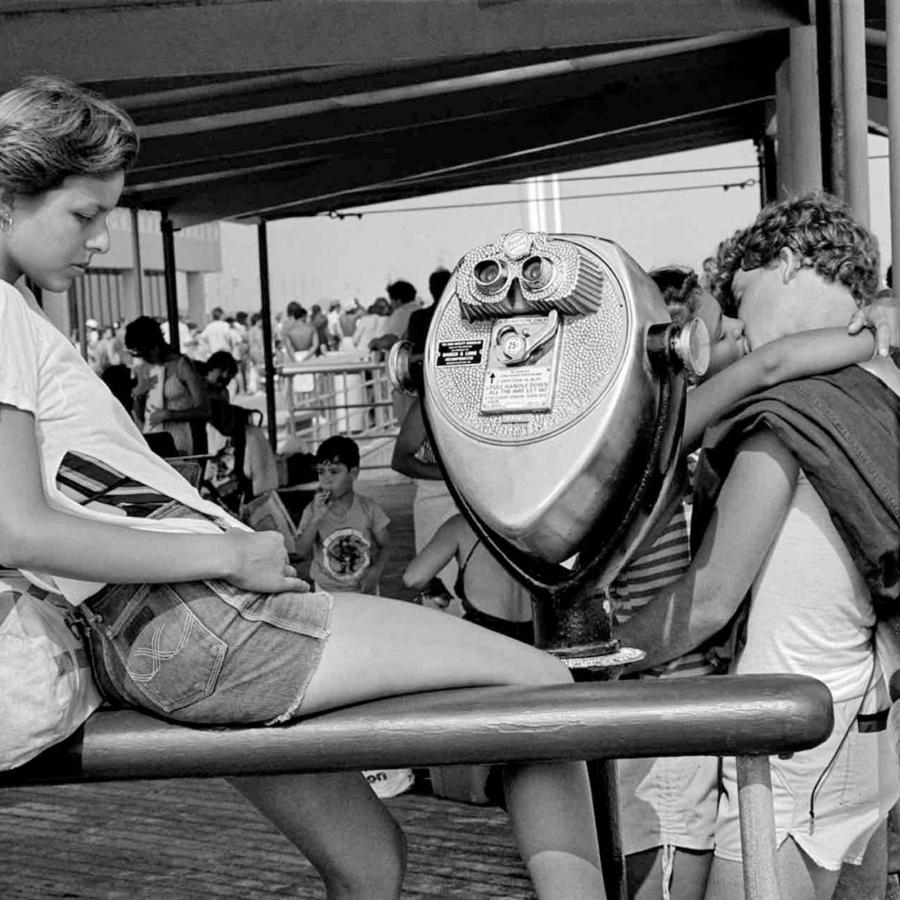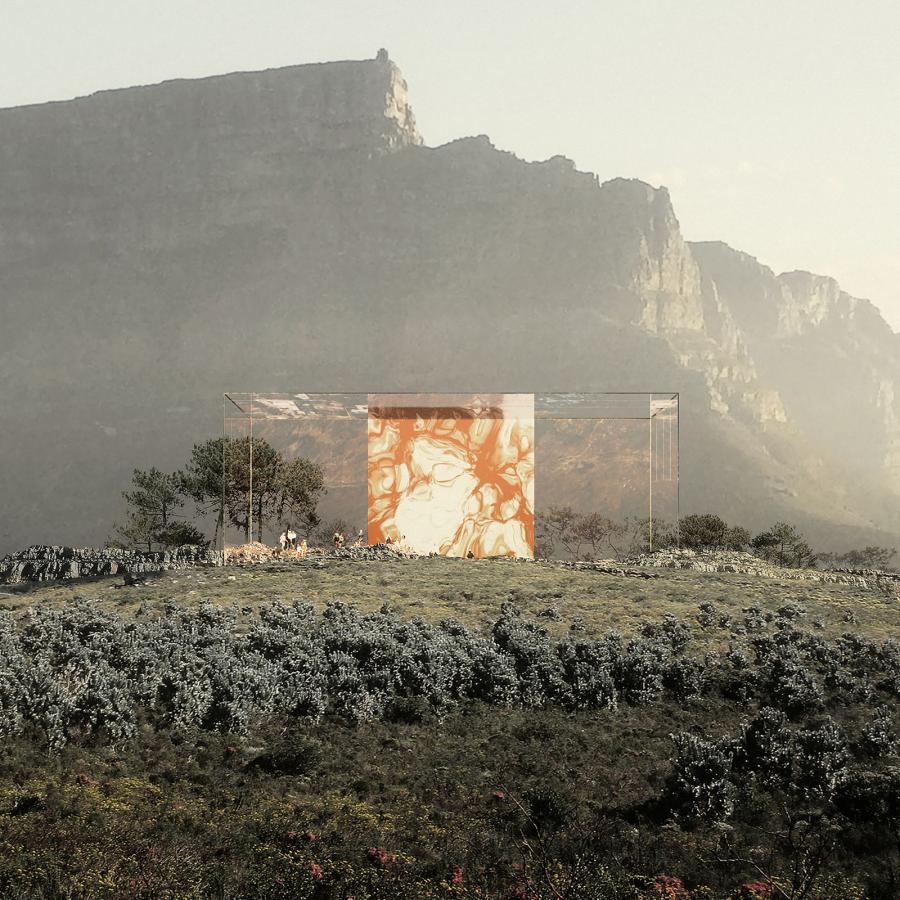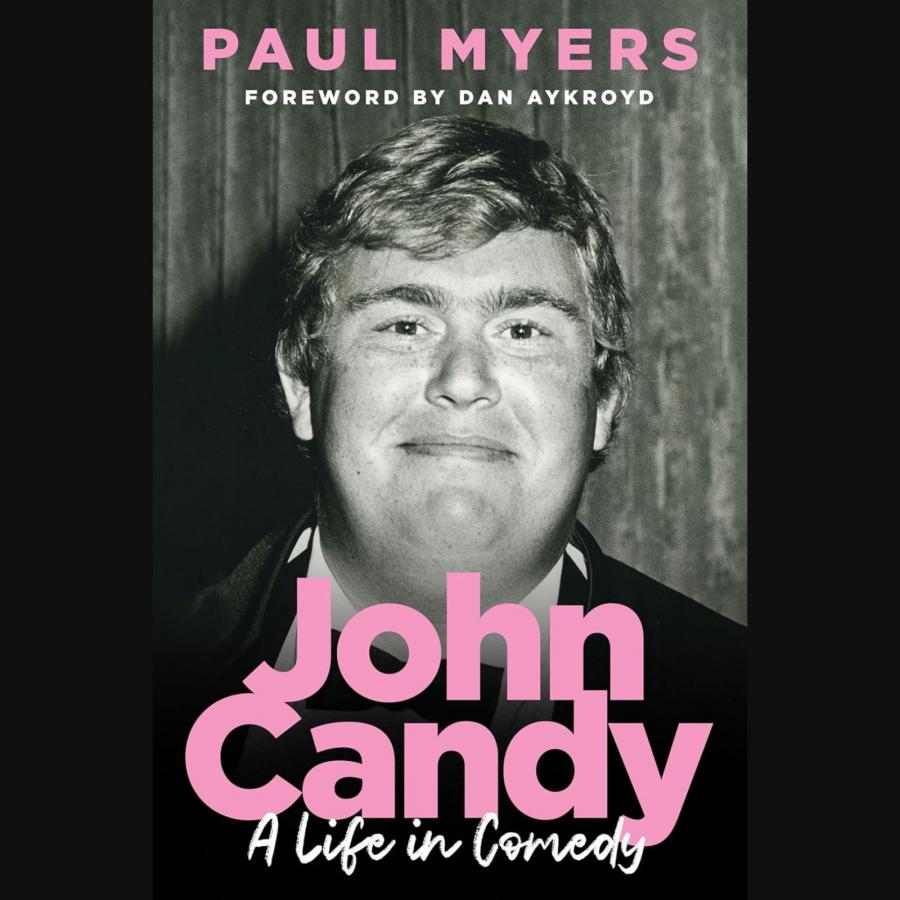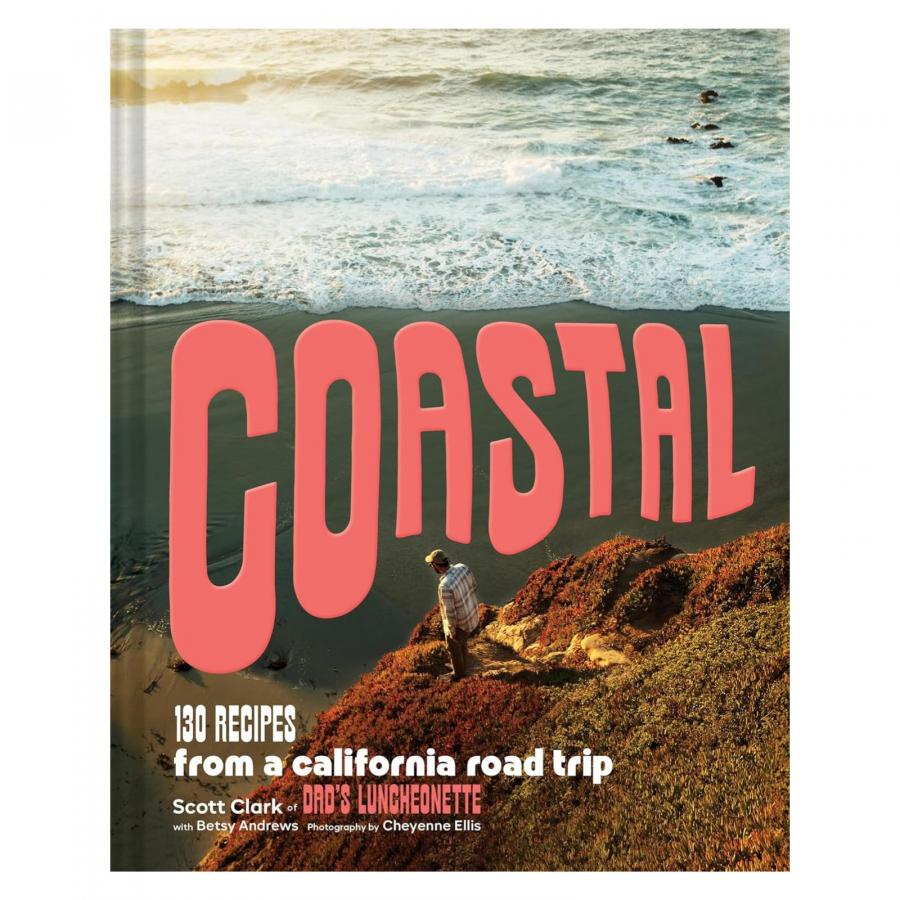by ibby
Explore Paul Myers’ John Candy: A Life in Comedy and the new documentary I Like Me. A look back at how John Candy’s craft, character and legacy continue to inspire.
If ever there was a comedy icon whose larger-than-life presence masked deeper realities, it was John Candy. In his new biography, John Candy: A Life in Comedy, Paul Myers delivers a thoughtful portrait of a performer whose physicality, warmth, and improvisational heart still resonate in pop culture today. For readers of Abduzeedo, designers, cultural storytellers, and creatives drawn to narrative and identity, this memoir offers more than celebrity biography. It’s a study of persona, material and emotional.
Why this book matters
Myers chronicles Candy’s journey from the Toronto troupe Second City, through his breakout on SCTV, to roles in classics like Planes, Trains and Automobiles, Uncle Buck and Home Alone. What becomes striking is how Myers frames Candy’s creative output not just as comedic catharsis, but as a form of emotional architecture, how characters built by Candy were vessels for his generosity, his vulnerability, and his signature human-first design of laughter.
On a design platform like Abduzeedo, we’re drawn to how Candy “built” characters as much as he inhabited them. Myers invites us to appreciate that craft. He’s gathered exclusive interviews with Aykroyd, O’Hara, Short, and others, capturing how Candy’s intuitive sense of gesture and space made him both comedic and cinematic.
Also On Screen Now: "John Candy: I Like Me" from Director Colin Hanks
Just as the book reinvigorates our understanding of Candy’s legacy, a new documentary "John Candy: I Like Me" (directed by Colin Hanks and produced by Ryan Reynolds) similarly reframes his life through archival footage and heartfelt interviews. Designed for visual and narrative consumption, the film echoes what Myers’ text explores in prose. Together, they form a layered cultural package: the book digs into the “how” of Candy’s craft; the film delivers the “why” of his enduring presence. While both works share their subject and release window, there’s no public indication they were developed together or share crossover authorship, production, or other formal partnership.
What inspires us
Authenticity as design strategy. Candy’s talent was in being full-spectrum human—with flaws, kindness, and hilarity. Myers shows how that authenticity became his brand. Space and body as comedic fonts. Think of Candy’s banter, his timing, his silhouette, characters that are immediately legible in imagery and personality. We highly recommend watching the film and reading the book, and you’ll see Candy’s influence rippling across generations of performers and creatives. Ultimately, it's a wonderful reminder that kindness can be as iconic as a punch line.
Final take
For anyone interested in how identity, performance, and cultural imprint intersect, especially those working in design, branding or storytelling, Paul Myers’ biography is a rich text. It’s not just about laughs. It’s about structure, material, gesture, and heart. Paired with the documentary, it repositions Candy not just as a beloved figure but as a creative precedent. If you’re craving inspiration for your own work or just want to revisit the spirit of someone who made joy look effortless, grab this book and stream the doc.



